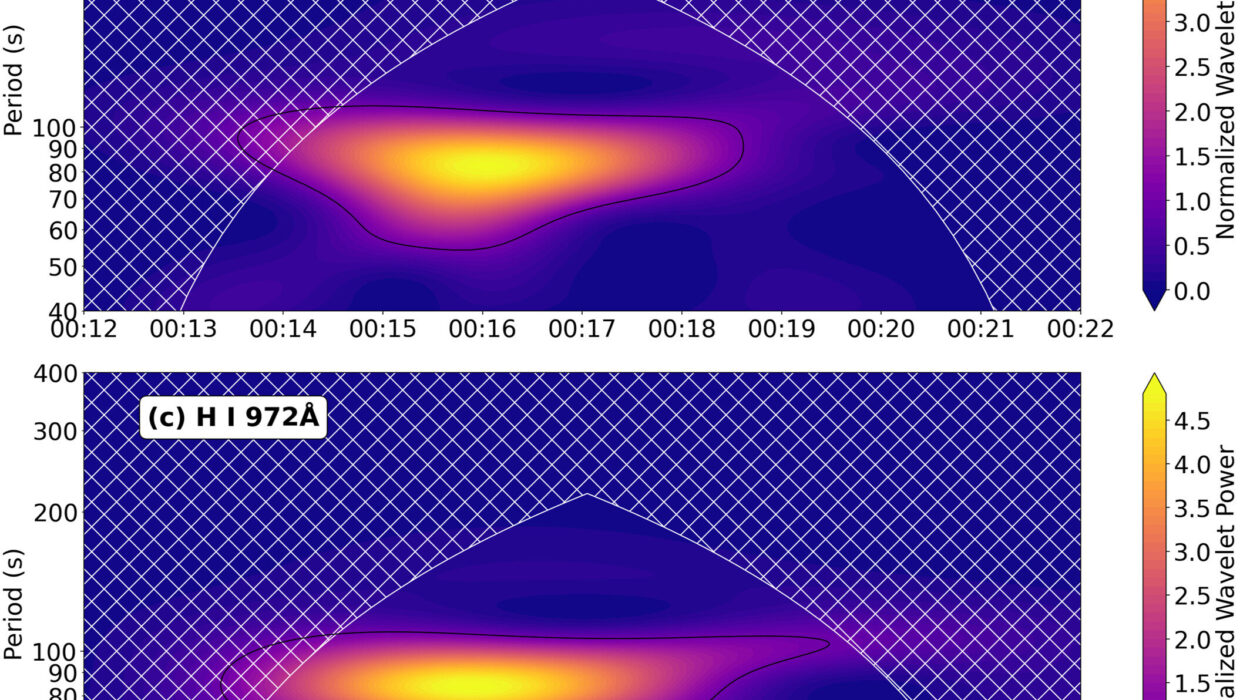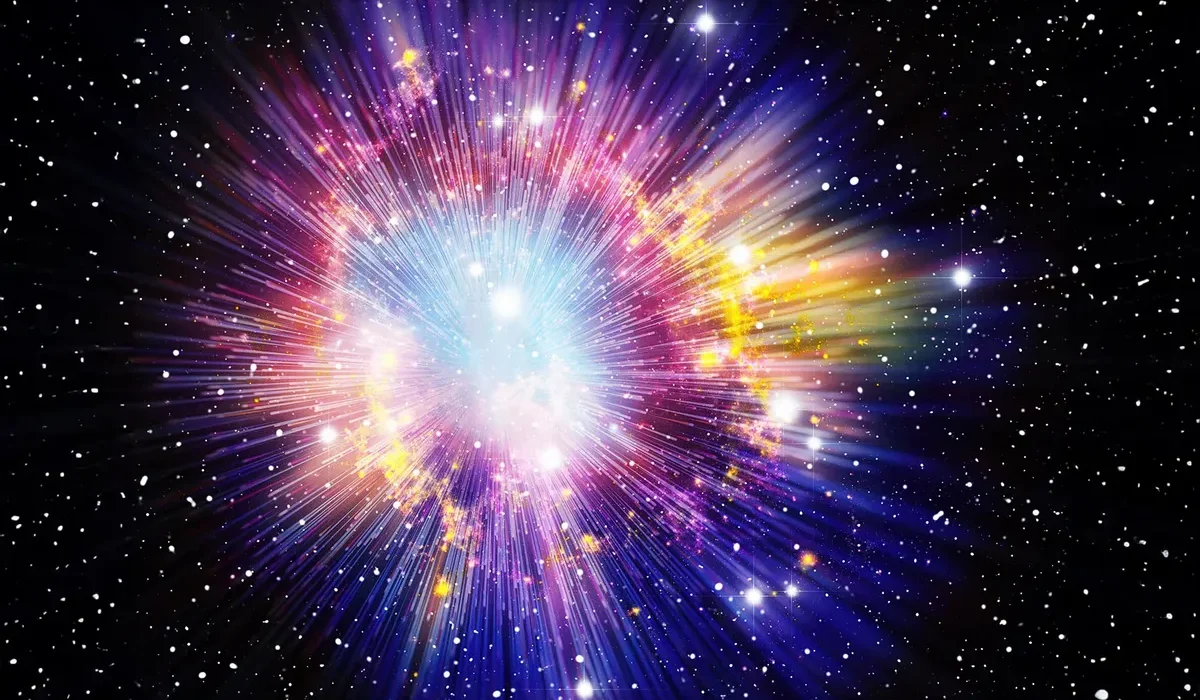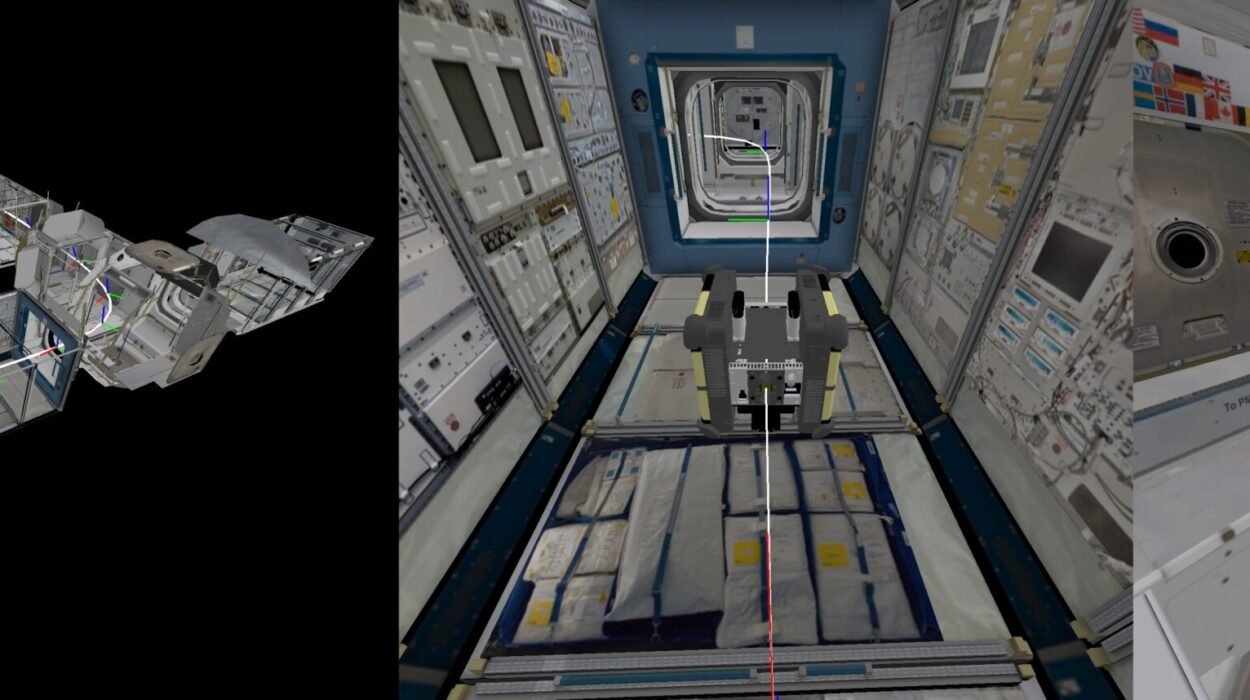When the twin Voyager spacecraft launched from Cape Canaveral in 1977, they carried with them not only the ambitions of a generation of scientists but also golden records etched with the sounds and stories of Earth. Voyager 1, now over 15 billion miles from home, continues its lonely odyssey through interstellar space. Decades after its planetary tour ended, the spacecraft still whispers invaluable data back to Earth, a testament to human ingenuity and perseverance.
But as the years pass, even our most legendary machines show signs of aging. In 2024, a critical concern emerged: Voyager 1’s roll thrusters—vital for orienting its antenna toward Earth—were showing signs of clogging, threatening the spacecraft’s ability to communicate. What followed was a technical drama that unfolded across billions of miles, culminating in an extraordinary feat of engineering in early 2025. NASA’s Jet Propulsion Laboratory (JPL) revived a set of thrusters that had been silent since 2004, defying expectations and breathing new life into a 47-year-old spacecraft.
Understanding the Crisis
Voyager 1’s journey through the cosmos is maintained not by constant propulsion but by the subtle and precise firings of small thrusters. These engines don’t push the spacecraft forward; instead, they nudge it to keep its antenna locked on Earth, much like a photographer carefully adjusting a camera’s position. The main thrusters pivot the spacecraft up, down, and side to side, but another set controls its roll—turning it like a vinyl record to maintain orientation with a guide star.
This roll motion is especially critical. If Voyager 1 loses its ability to roll properly, it could drift off target, breaking its communication link with Earth. To prevent this, the spacecraft was equipped with both primary and backup roll thrusters. However, the primary roll thrusters stopped functioning in 2004 when their internal heaters failed. At the time, engineers had a fallback—the backup thrusters were working perfectly. But no one expected Voyager to still be operating 20 years later.
By 2024, trouble was brewing. The backup roll thrusters had developed a residue buildup inside their fuel lines—a clogging issue that threatened to silence Voyager forever. The engineering team had to act quickly. With Voyager 1 nearly 24 light-hours away, every command would take almost a day to reach the spacecraft and a day to receive confirmation. Any error could mean the loss of this historic probe.
Rethinking the Impossible
When the backup roll thrusters began showing signs of imminent failure, JPL’s team faced an audacious question: Could they bring the primary roll thrusters back to life?
The challenge was immense. The primary thrusters had been inactive since 2004. Their heaters—essential for operation in the freezing void of interstellar space—had failed, likely due to a change in their power circuits. For years, it was assumed that the issue was permanent and unfixable. But as desperation grew, so did creativity.
Voyager mission manager Kareem Badaruddin and propulsion lead Todd Barber were among those who revisited the old failure data. A new hypothesis emerged: perhaps the heaters weren’t broken after all. Maybe a power circuit anomaly had simply flipped a virtual switch—an obscure, overlooked glitch that locked the heaters in the off position.
Could this switch be flipped back? If so, the heaters might work again. And if the heaters worked, the primary roll thrusters could be brought back online. The team poured over decades-old diagrams, archival notes, and code written in the 1970s. It was a long shot, a hail Mary play from 15 billion miles away—but it might just work.
A Race Against Time
Time was not on their side. On May 4, 2025, NASA’s Deep Space Network (DSN) was scheduled to temporarily lose its most powerful antenna: the massive 70-meter-wide Deep Space Station 43 (DSS-43) in Canberra, Australia. This dish is the only one in the world powerful enough to send commands to the distant Voyager spacecraft.
Upgrades to DSS-43 were essential—part of preparations for future human missions to the Moon. But they would make it nearly impossible to reach Voyager 1 for extended periods, leaving only narrow windows in August and December 2025. If the team didn’t fix the thrusters by then, and if the backups failed in the interim, Voyager 1 might slip into silence.
Thus began a frantic effort to revive the long-dead systems. First, the team had to carefully reorient Voyager 1’s star tracker to point directly at the guide star. This was critical: if the heaters failed to start and the spacecraft fired its cold thrusters, the result could be a tiny explosion—enough to damage Voyager’s fragile systems. Precision was everything.
Then, on March 20, 2025, the commands were sent. It would take 23.5 hours for the signal to reach Voyager 1. And then, another 23.5 hours for the response to return. All the team could do was wait.
The Moment of Truth
At JPL, tension was palpable. Engineers crowded around screens as the clock ticked. The signal would either confirm success—or deliver a blow that might end the mission. Then, like a whisper from deep space, the data began arriving.
The temperature of the heater units had risen—dramatically. The thrusters, long considered dead, were warming up. Within minutes, they showed signs of life. The circuit fix had worked. After more than two decades, the primary roll thrusters on Voyager 1 were back.
“It was such a glorious moment,” said Todd Barber. “These thrusters were considered dead. And that was a legitimate conclusion. It’s just that one of our engineers had this insight that maybe there was this other possible cause and it was fixable. It was yet another miracle save for Voyager.”
The rescue wasn’t just a technical triumph—it was emotional. Against the odds, a spacecraft built with slide rules and punched cards had once again responded to Earth’s call.
Engineering Against the Void
The Voyager mission has always been a marvel of engineering resilience. Each spacecraft was built to last just four years, long enough to tour the outer planets. Instead, they’ve operated for nearly half a century, traveling beyond the heliosphere into the interstellar medium.
Their longevity is due in no small part to the JPL engineers and scientists who have tended them like ancient mariners navigating a cosmic sea. The spacecraft use radioisotope thermoelectric generators (RTGs) for power, converting heat from decaying plutonium into electricity. But power output declines over time, forcing constant improvisation.
Instruments have been turned off to conserve energy. New software patches have been uploaded to override old systems. Even communication protocols have been adapted as Earth’s receiving technology has evolved. Every action requires patience, calculation, and an unwavering sense of purpose.
Reviving the thrusters is perhaps the most dramatic example yet of this technical ballet. It required not only engineering skill but also a deep understanding of legacy systems—a language spoken fluently by only a few remaining mission veterans.
What Lies Ahead
With the primary roll thrusters now available, Voyager 1 has a backup for its backup—a critical insurance policy that could extend its life into the 2030s. But challenges remain.
The spacecraft’s instruments are gradually shutting down as power dwindles. The backup tape recorders no longer function. Cosmic rays have caused memory corruption in recent years, forcing creative rerouting of command systems. Eventually, Voyager will fall silent, its signal lost in the sea of stars.
But even in silence, its legacy will endure. Voyager 1 is the farthest object humans have ever made. It carries our stories on a golden record—music, images, greetings in 55 languages—meant for any alien intelligence that might one day find it.
The Human Element
What makes the Voyager mission so compelling isn’t just the science—it’s the humanity. The spacecraft may be machines, but the team behind them represents the best of us: curiosity, persistence, creativity under pressure.
Many of those who built the Voyagers have retired, or passed away. A new generation of engineers now tends to the spacecraft, standing on the shoulders of those who first conceived them. And yet, the spirit remains unchanged: a quiet determination to explore, to learn, and to reach farther than ever before.
When engineers revived the roll thrusters in March 2025, they weren’t just fixing hardware. They were reaffirming a dream that began in the 1970s—that the human spirit can ride machines across the stars.
A Message Across Light-Years
In the grand story of space exploration, Voyager 1’s survival is a chapter all its own. It tells us that even in the cold silence of interstellar space, ingenuity can ignite warmth. Even when the lights dim and the systems falter, there remains a chance—if we dare to look deeper, to try again, to believe.
As Voyager 1 continues its epic journey, its signal still reaches us, faint and aged. It speaks not only of plasma waves and magnetic fields, but of the people who made it, who repaired it, and who refuse to give up on a machine that once gave us our first close-ups of Jupiter, Saturn, and the edge of the solar system.
The revived thrusters are a heartbeat. A spark. A reminder that though the Voyager program may one day end, its story—and the ideals it represents—will travel onward, forever.






